FlareReal600: Real-Captured Paired Dataset for Nighttime Flare Removal
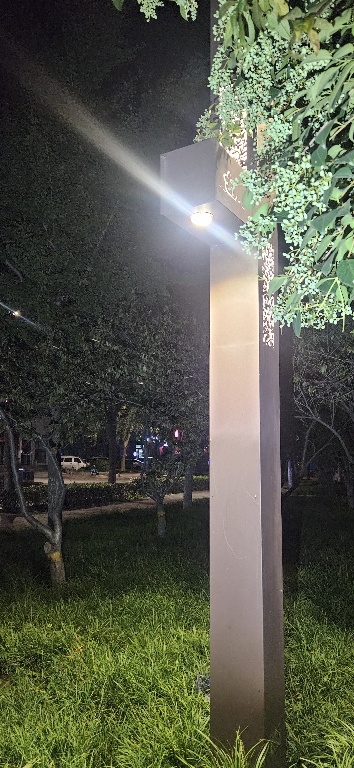
flare-corrupted |
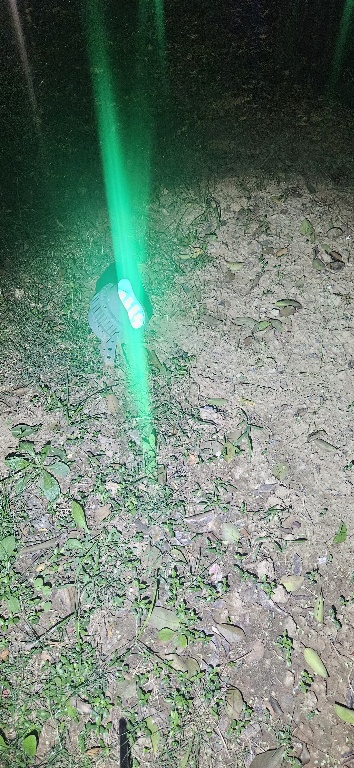
flare-corrupted |
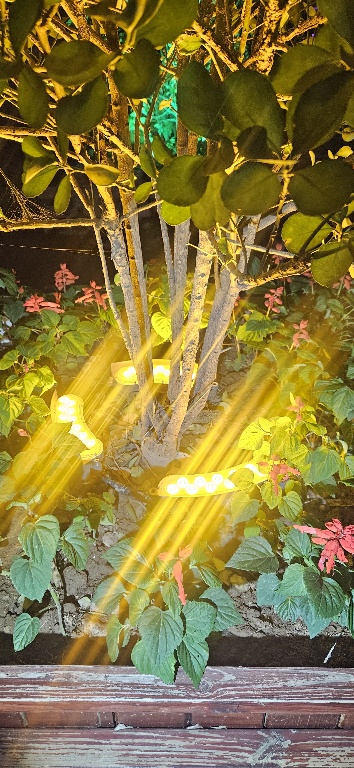
flare-corrupted |
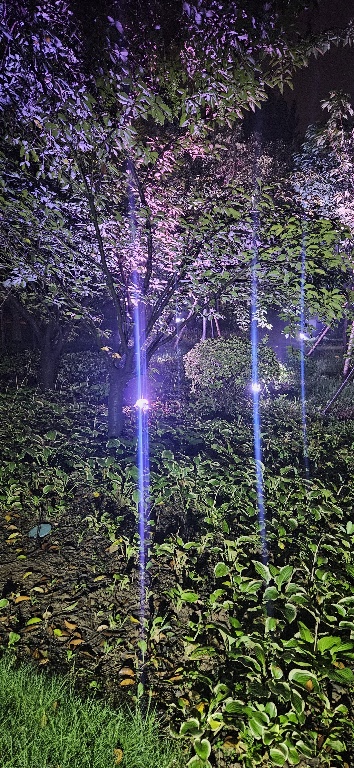
flare-corrupted |
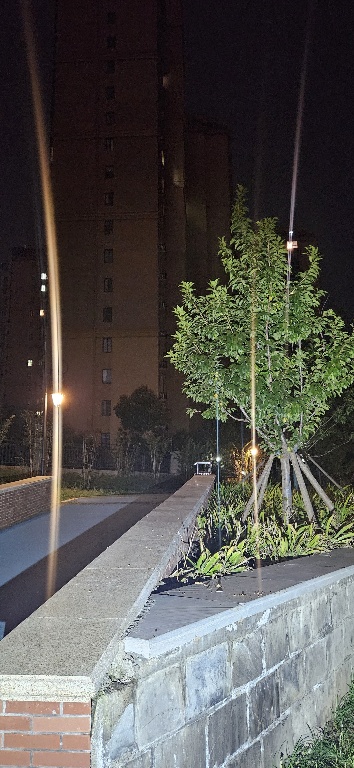
flare-corrupted |
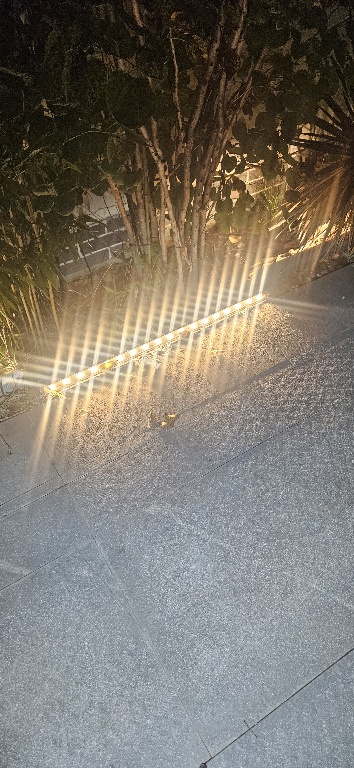
flare-corrupted |
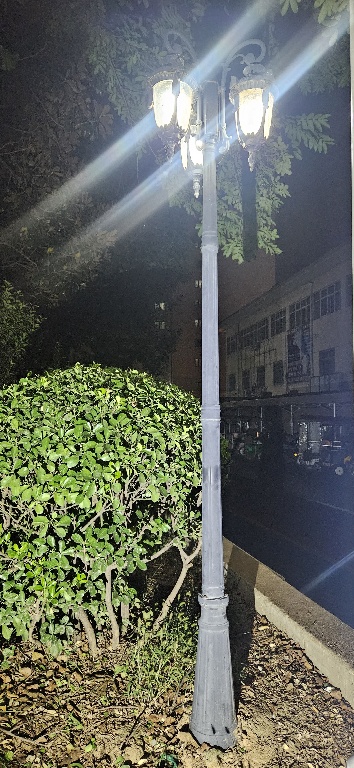
flare-corrupted |

flare-free |

flare-free |

flare-free |

flare-free |

flare-free |

flare-free |

flare-free |
Abstract
Flare removal methods eliminate reflective and scattering flares within images and commonly trained on synthetic data pairs.
However, they fail to achieve robustness for real-world flare-corrupted images as the adopted synthetic training data remains
gaps with real-world data. In this paper, we propose a real-captured paired dataset named FlareReal600, which contains both
real-captured image pairs and pure flare images. Compared with the existing flare removal dataset Flare7k++, our dataset is
particularly effective for real-world scenarios as our data contains the faithful mapping between real flare-corrupted images
and real flare-free images. Additionally, previous methods either lack sufficient receptive fields or achieve them with huge
computational cost, which leads to flares being partly removed or hardly processing high-resolution images.
Therefore, we propose a novel flare removal network named Mutual reCeption fLAre REmoval Network (McLaren),
which utilizes convolutions with diverse kernel sizes and fuses them from the perspective of both spatial and channel
dimensions to achieve a sufficient receptive field. Furthermore, we employ a reparameterization mechanism to avoid occupying
excessive computational resources. We conduct extensive experiments to demonstrate functions of our dataset and our McLaren network.
We also employed a down-sampled version of our dataset to host the MIPI 2024 flare removal challenge.
Links
Mutual reCeption fLAre REmoval Network (McLaren)

Flare Removal Result on Real Data (McLaren)

|
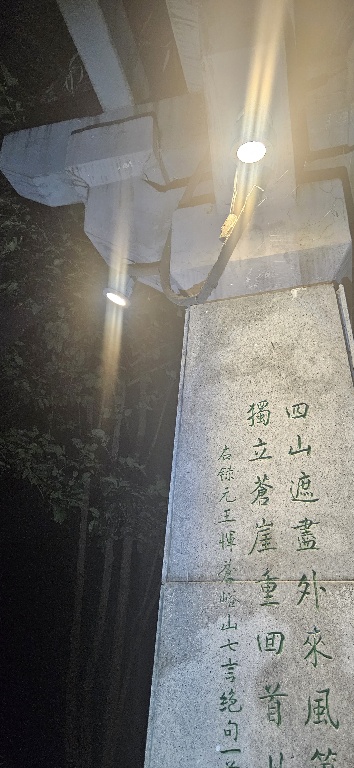
|
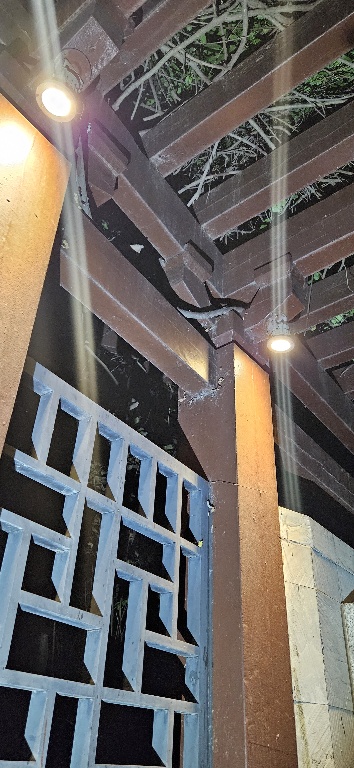
|
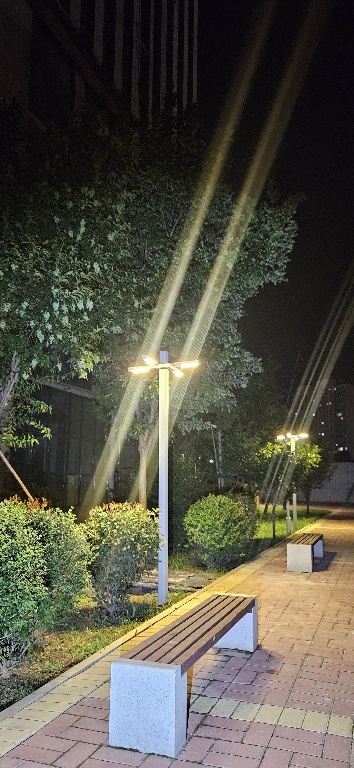
|
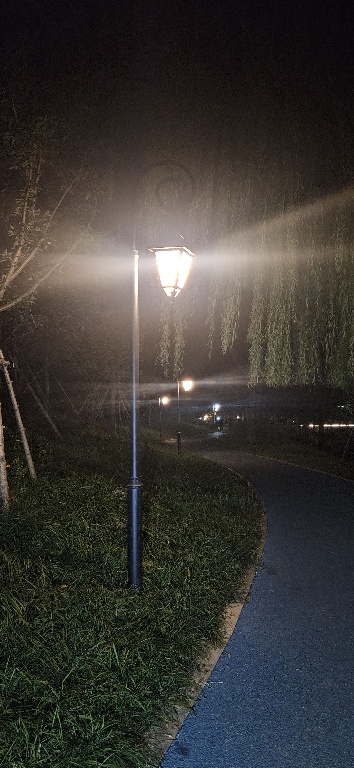
|
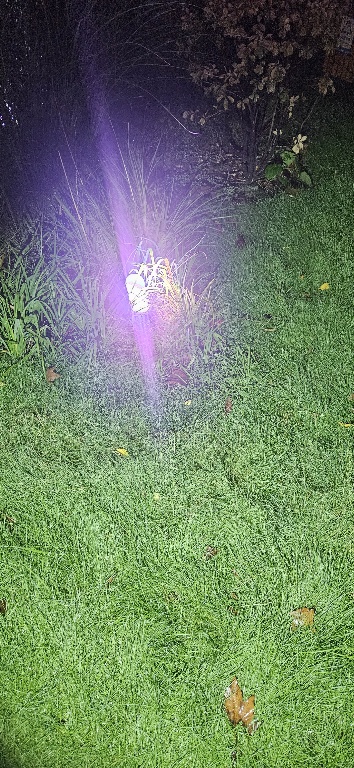
|
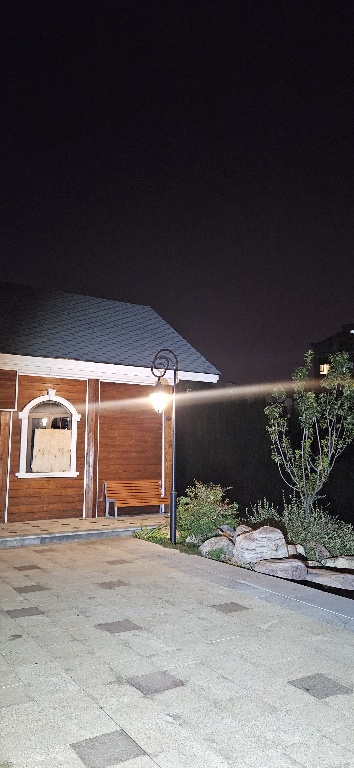
|
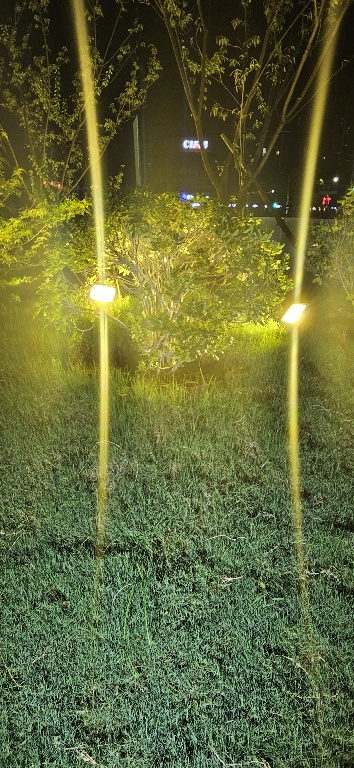
|
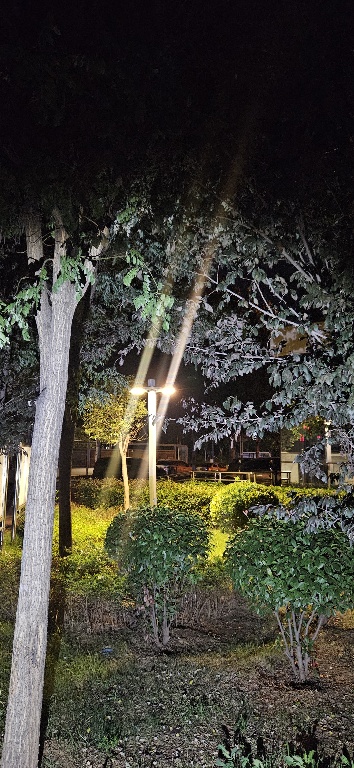
|
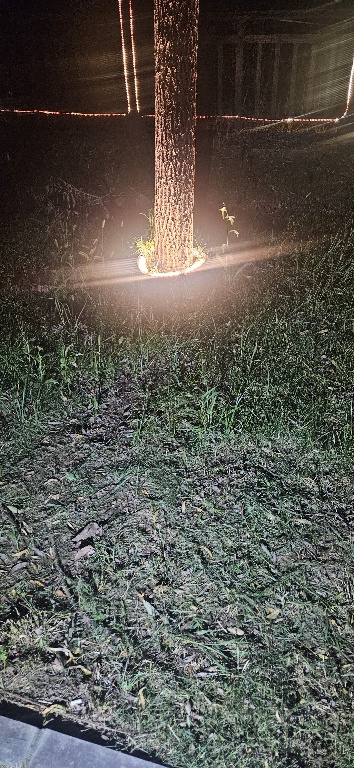
|
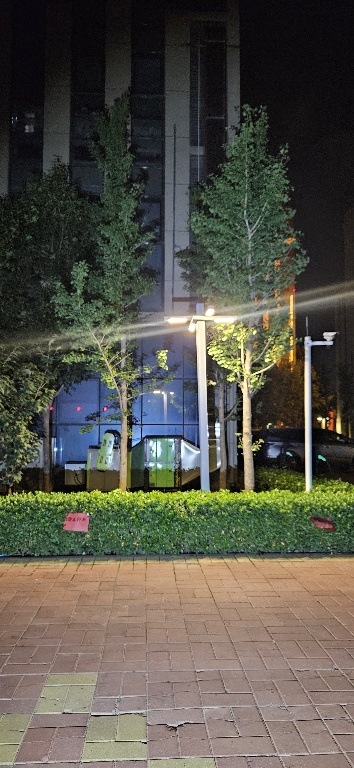
|
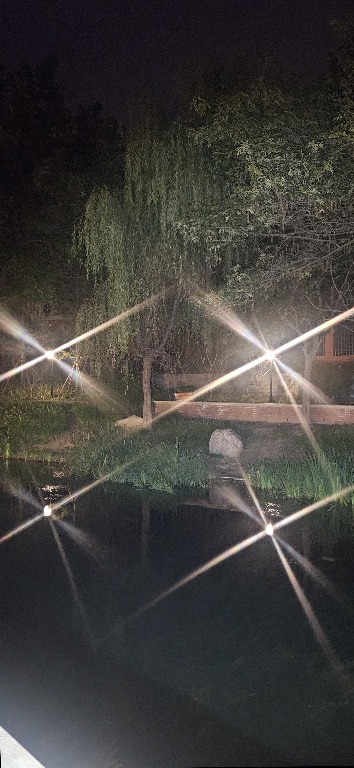
|
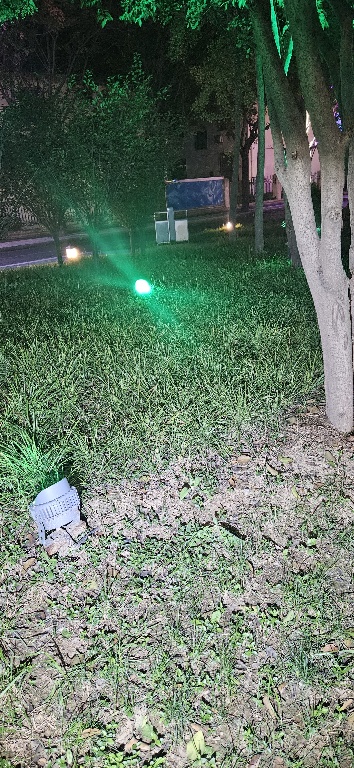
|
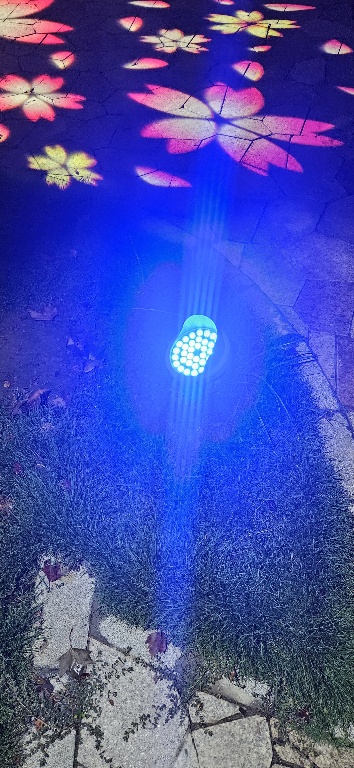
|
MouseOver: Nighttime deflared images
MouseOut: Nighttime flare-corrupted images
Generalization to Real-World Flare-Like Artifacts

As illustrated in Figure, our McLaren model demonstrates superior flare suppression performance in both scenarios, despite never having been explicitly trained on such artifacts. On the RealNightHaze dataset, which contains strong scattering glare introduced by atmospheric particles, our model effectively attenuates the flare while preserving the structural integrity and intensity of true light sources. This indicates the model’s capacity to generalize beyond lens-induced artifacts to more complex, medium-induced scattering phenomena. Similarly, on the Dataset in [14], which includes high-dynamic-range light blooms and reflections, the McLaren network is capable of reducing light-induced distortions while avoiding over-suppression of non-flare regions. These results provide compelling evidence that models trained on FlareReal600 possess enhanced robustness in real-world scenarios and exhibit strong cross-task generalization.
We referred to the project page of Flare7K when creating this project page.
This project is licensed under Attribution-NonCommercial-ShareAlike 4.0 International (CC BY-NC-SA 4.0). Redistribution and use should follow this license.



